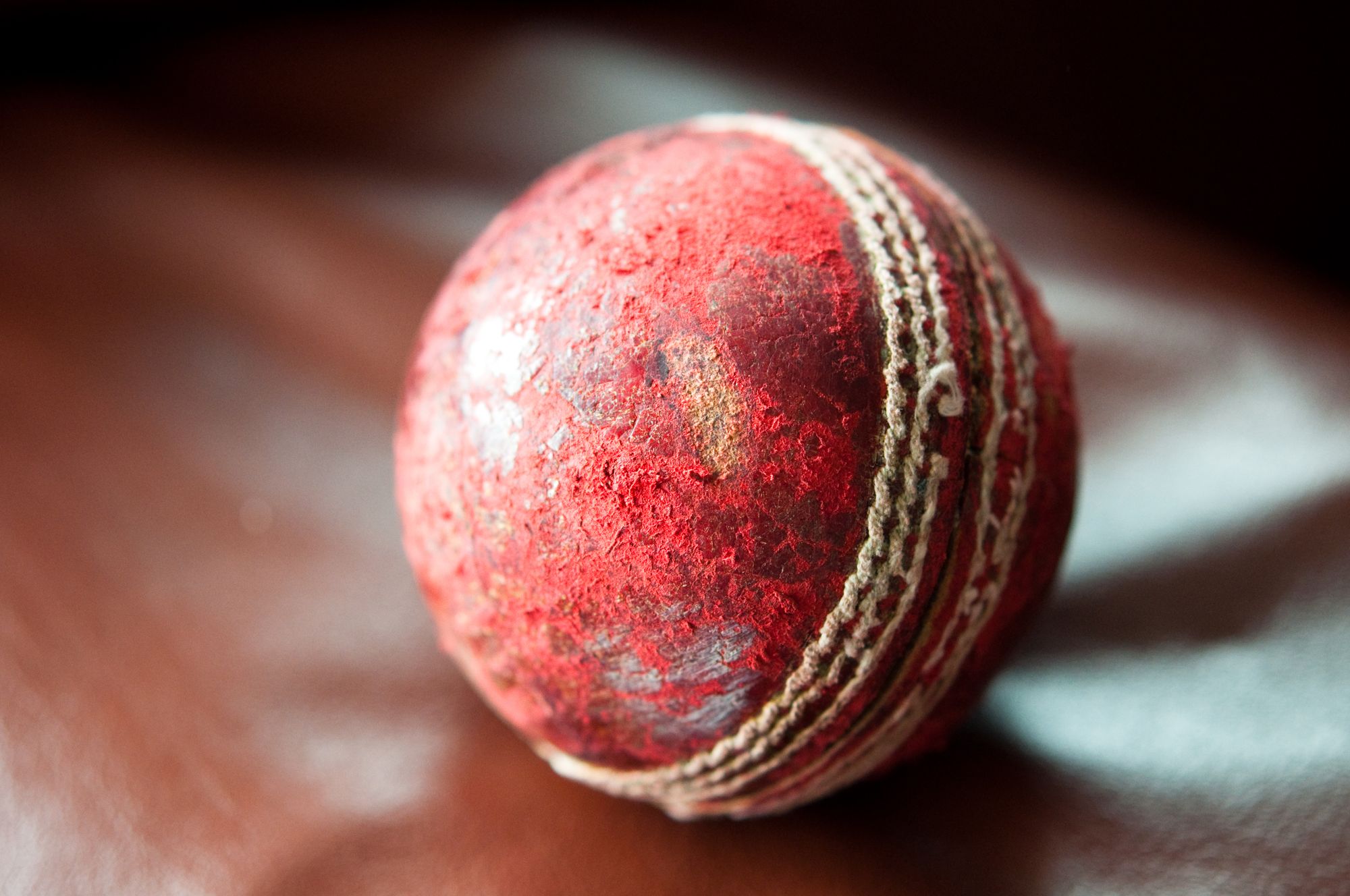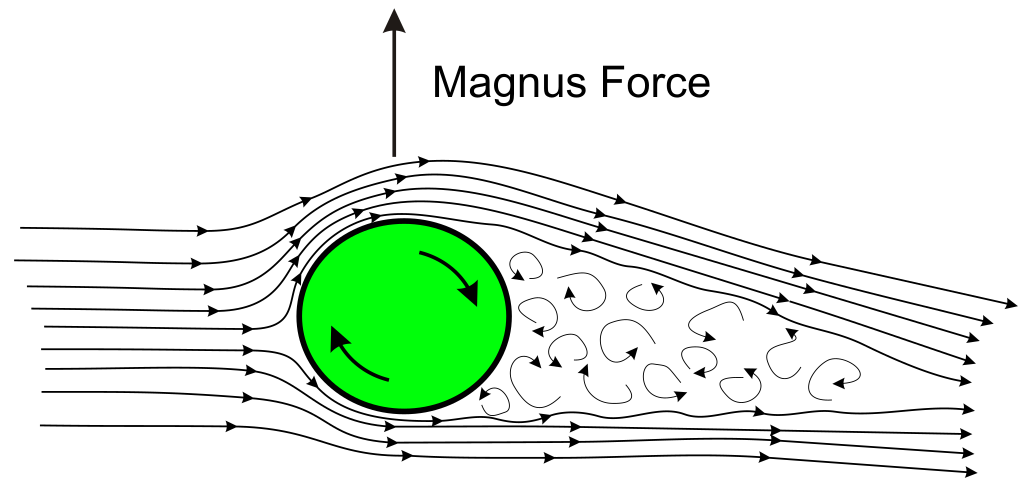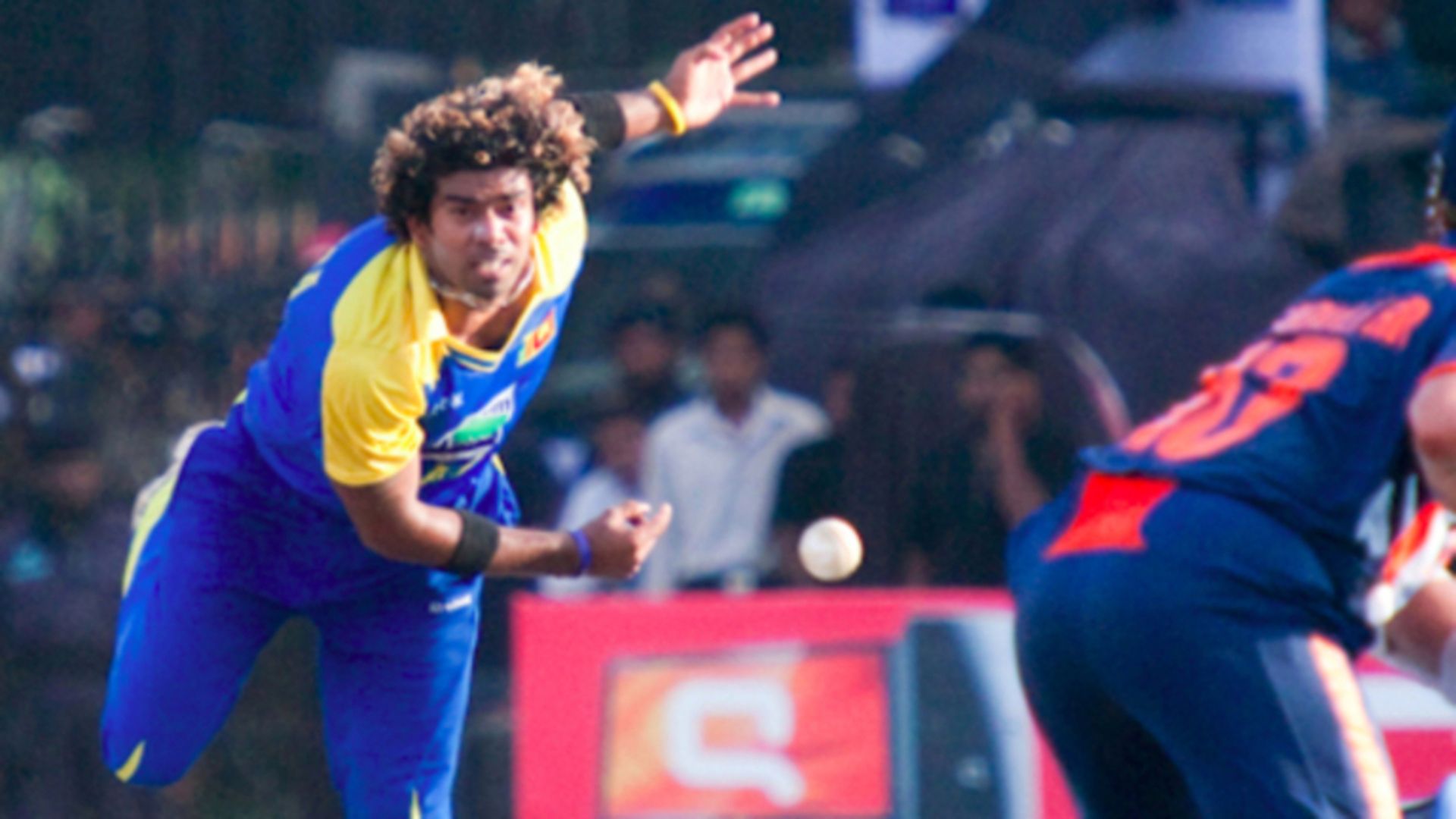By Milan Perera, Deputy Editor
One of cricket's dark arts, reverse-swing bowling may give batsmen nightmares at this year's ICC Cricket World Cup. Milan unravels the physics and history of it.
The ICC Cricket World Cup is finally under way after a four-year wait. Cricket fans around the world are gearing up for an enthralling bonanza of cricket which showcases the skills, craft, endurance and experience of cricketing superstars. Among the illusive phenomena of cricket, reverse swing is undoubtedly high on the list. Though it has been around since the 1970s, reverse swing did not enter the discourse till early 1990s, mainly due to the stupefying exploits of bowlers such as Wasim Akram and Waqar Younis during this period. Initially dismissed as ‘unsportsmanlike’ dark arts due to the lack of understanding from both the opposition batters and media alike, now reverse swing is considered a key component of a fast bowler’s quiver.
Reverse swing in cricket is a phenomenon that involves the principles of aerodynamics and fluid dynamics. It's a skilful tactic employed by fast bowlers to make the cricket ball move unexpectedly in the air, deceiving batters and causing difficulties in making contact with the ball. Here's a breakdown of the physics behind reverse swing:
Ball surface condition: The key to reverse swing lies in the condition of the cricket ball. As a cricket ball is used in the game, it undergoes wear and tear. One side becomes rougher and loses its shine, while the other side remains smoother and shiny. This differential surface condition is vital for reverse swing. In order to create a contrast between the two surfaces of the ball, fielding sides have always resorted to creative ways other than the normal wear and tear of a ball. In order to increase roughness of the surface, players have been using bottle tops, sandpaper or other abrasive agents. This is where sportsmanship comes into question. The scope of this article is beyond the scope of such discussion.

Magnus Effect: To understand the physics of conventional swing and reverse swing, we need to first grasp the Magnus effect. When a cricket ball moves through the air, the airflow over one side of the ball is faster than the other. This difference in airflow speed results in a pressure difference between the two sides of the ball, causing it to move in the direction of the low-pressure side. For instance, a cricket ball with one shiny and one rough side will traditionally swing toward the shiny side due to the Magnus effect.
Turbulence and Pressure Differences: In reverse swing, the rough side of the ball disrupts the airflow around it, creating turbulence. This turbulence generates a low-pressure region on the rough side as the air flow escapes the rougher surface of the ball prematurely, while the shiny side produces a high-pressure region. The result is a reversal of the pressure gradient compared to when the ball was new.

Reversed Pressure Gradient: This reversed pressure gradient is the key to reverse swing. When the ball is bowled with the rough side facing the batsman, the pressure differences cause the ball to move toward the rough side. This is why reverse swing is often more pronounced when the rough side faces leg-side for a conventional swing bowler (for a right-handed batsman). In essence, the ball swings back towards the shiny side, defying the batsman's expectations.
One of the iconic examples of this is the dismissal of Alan Lamb off the bowling of Wasim Akram in the World Cup final in 1992. Lamb who was an adept batsman against fast bowlers was expecting the outswing from Wasim Akram, but instead the ball swung into the right-handed Lamb and crashed his wicket. Lamb could only walk back to the pavilion in complete bewilderment.
Seam Orientation: The orientation of the seam on the cricket ball also plays a critical role in reverse swing. Bowlers deliberately tilt the seam slightly toward the shiny side. This tilted seam causes the ball to wobble unpredictably in the air, making it even more challenging for the batsman to judge its trajectory. One of the major exponent of this phenomenon was Lasith Malinga whose side arm, slinging action with an almost horizontal seam position yielded many a delivery that bamboozled batters and fans alike.

Speed Matters: The speed at which the ball is bowled is another significant factor in reverse swing. Fast bowlers generate turbulence more effectively, which, combined with the ball's surface condition, leads to more pronounced reverse swing. At higher speeds, the ball can display exaggerated movement in the air, making it exceptionally challenging for the batsman. Bowlers such as Imran Khan, Wasim Akram and Waqar Younis were early pioneers of reverse swing due to the pace they could generate through the air.
Reverse swing in cricket is a result of the interaction between the ball's surface condition, seam orientation, speed, and the principles of aerodynamics and fluid dynamics. Skilful bowlers who can manipulate these factors effectively can produce reverse swing—a captivating and often decisive aspect of the game that keeps batsmen guessing and fans enthralled.
Featured image: Flickr / www.davidmolloyphotography.com
Will reverse swing feature prominently during the upcoming World Cup?









